Путешествие денима: от спецодежды шахтеров до американской иконы
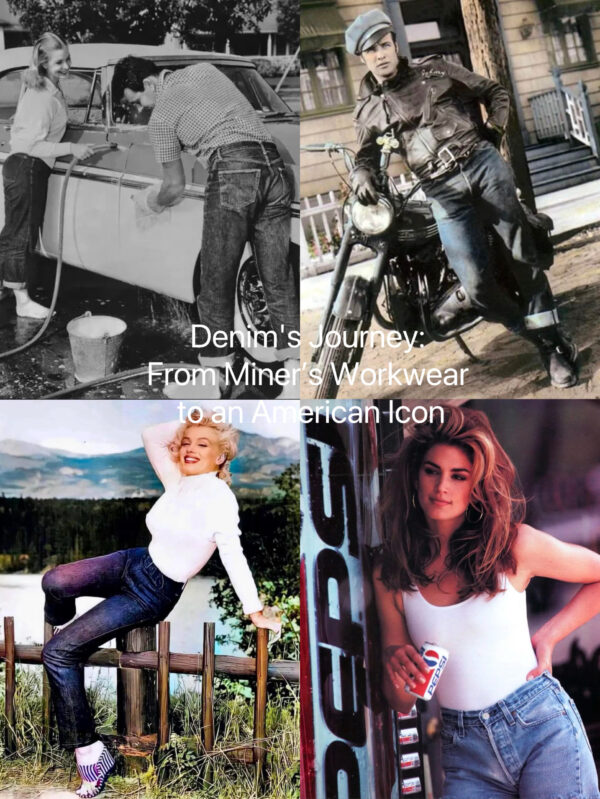
Расчетное время чтения: ~5 минут
Вечная привлекательность синих джинсов
Синие джинсы — это больше, чем просто одежда; они символ американской культуры, олицетворяющий прочность, индивидуальность и неподвластный времени стиль. Зародившись как прочная рабочая одежда, а став иконой мировой моды, синие джинсы формировали тенденции и пережили не одно поколение. В этой статье мы рассмотрим богатую историю синих джинсов, их культурное значение и то, почему они остаются неотъемлемой частью гардероба.
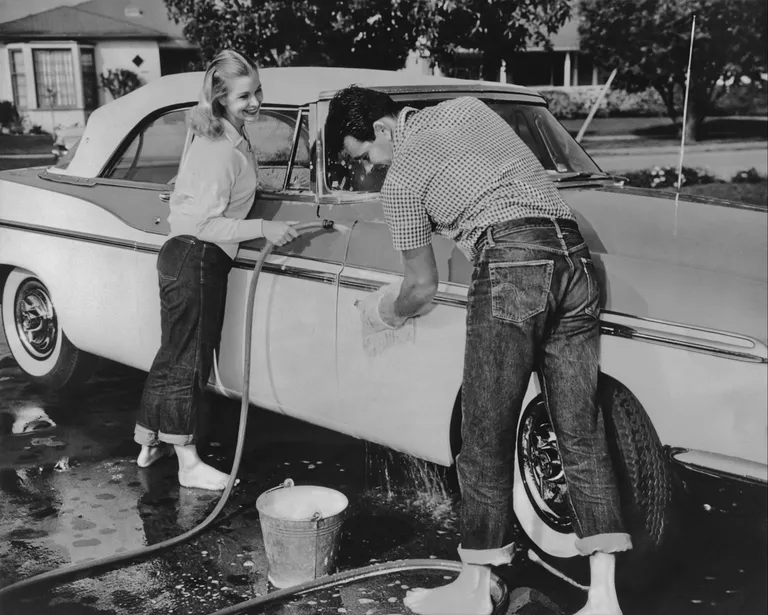
Происхождение денима
История синих джинсов начинается с денима, прочной ткани, родом из Франции. Изначально она называлась «Serge de Nîmes», что означает «саржа из Нима».деним» Название происходит от «de Nîmes» (де Ним). К XIX веку деним приобрел популярность в США благодаря своей прочности и доступности. Шахтеры, фермеры и скотоводы полагались на эту ткань благодаря её способности выдерживать суровые условия. Культовый синий цвет денима, достигаемый благодаря красителю индиго, импортируемому из Индии, добавлял ему универсальности и практичности.
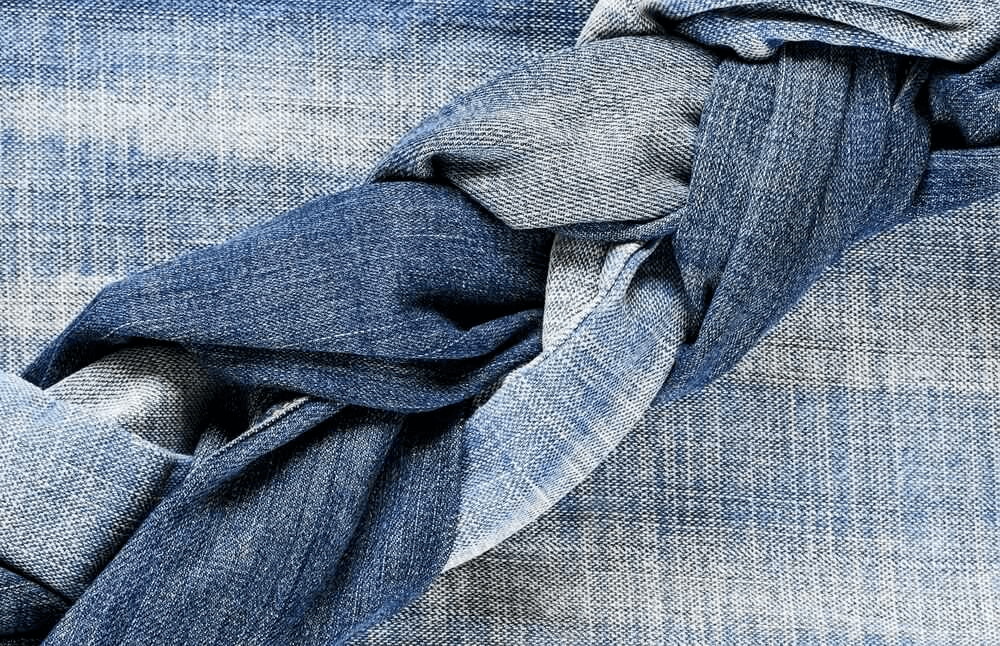
Рождение синих джинсов
20 мая 1873 года официально появились синие джинсы. Портной Джейкоб Дэвис объединился с бизнесменом Леви Страуссом, чтобы запатентовать революционную конструкцию: брюки, укрепленные заклёпками для дополнительной прочности. Изначально известные как «комбинезоны с поясом», эти ранние синие джинсы имели карман для часов, задние карманы, пуговицы для подтяжек и заклёпки, отвечающие потребностям рабочих. Это практичное нововведение заложило основу для современных синих джинсов, которые мы знаем сегодня.
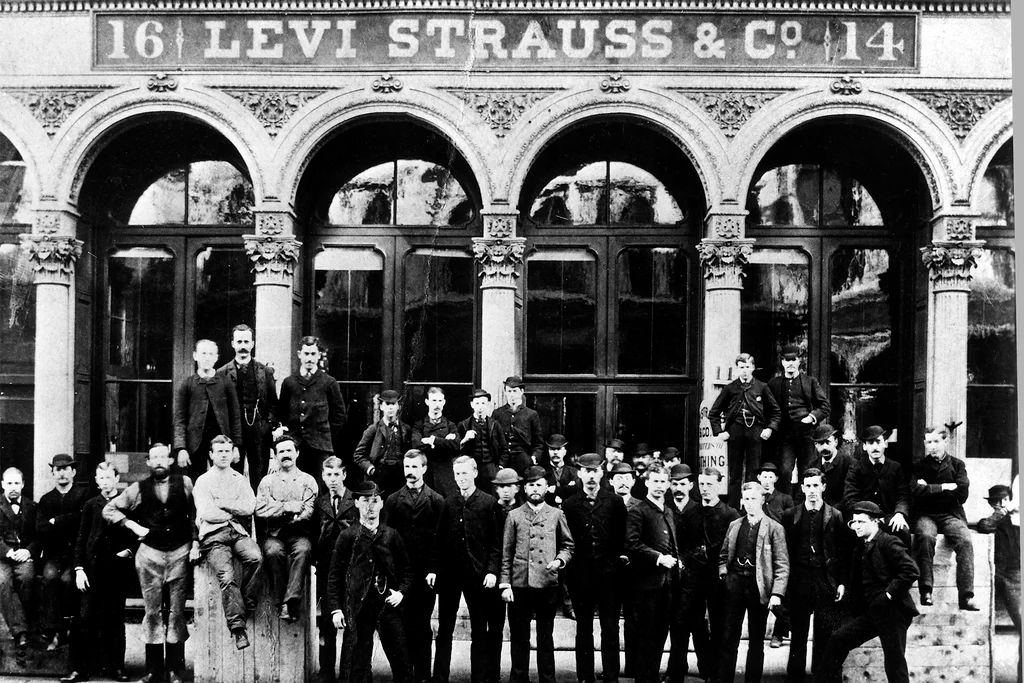
Леви
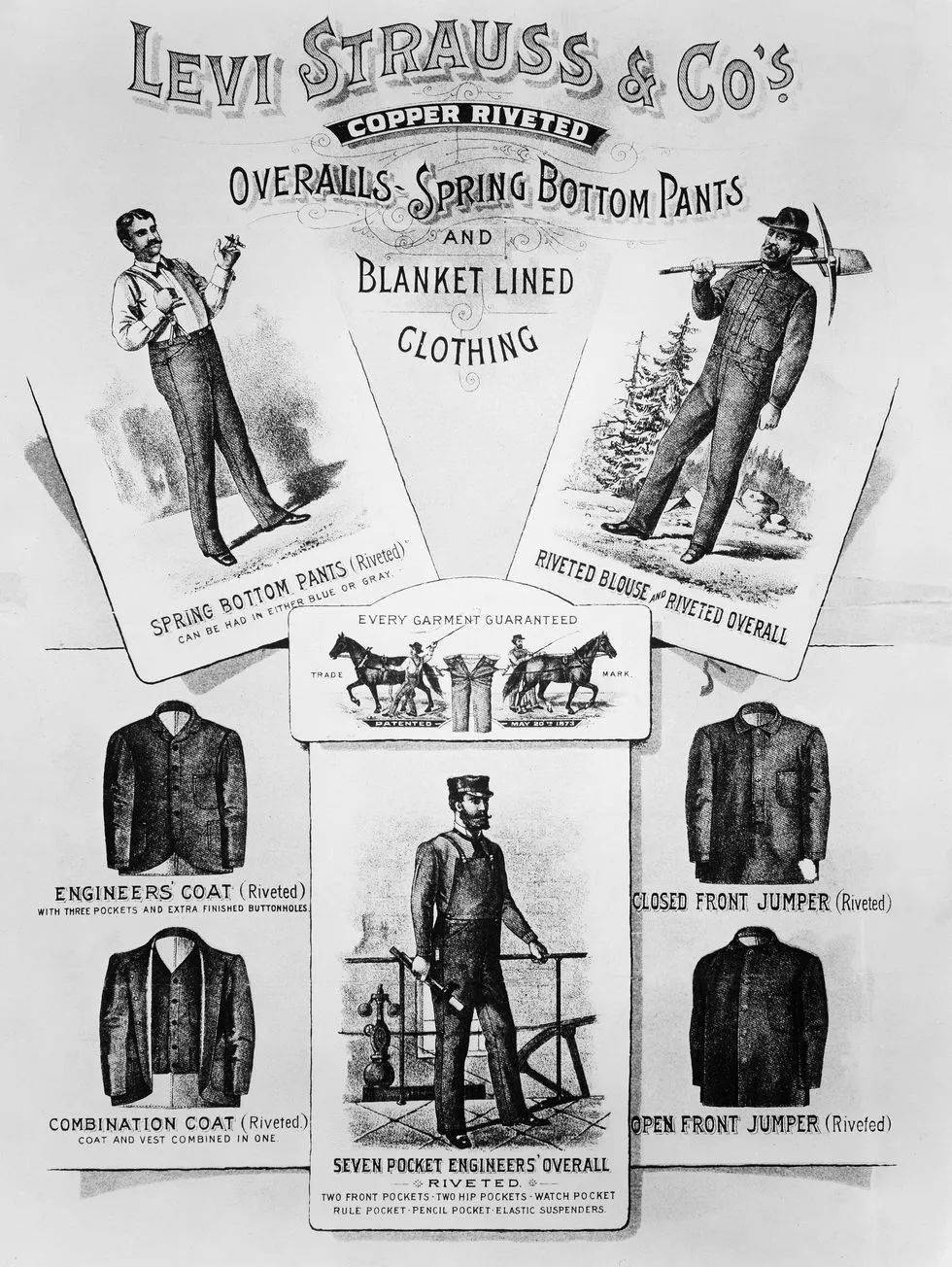
От спецодежды до символа моды
За прошедшие десятилетия джинсы претерпели значительные изменения, отражая культурные и социальные изменения в Америке:
-
1920-1930-е годы: Синие джинсы стали синонимом прочной рабочей одежды для шахтеров, фермеров и владельцев ранчо. Голливудские фильмы романтизировали деним благодаря таким звездам, как Джон Уэйн и Гэри Купер, превратив синие джинсы в желанный предмет мужской моды.
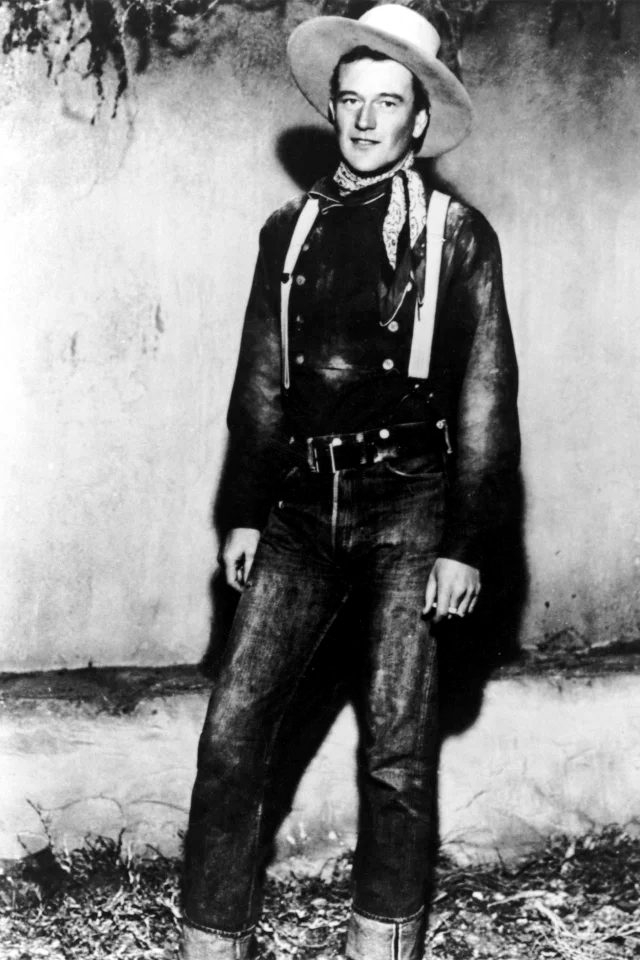
-
1950-е годы: Синие джинсы стали символом бунтарства, популяризированным такими иконами, как Джеймс Дин и Марлон Брандо. Их брутальный шарм находил отклик у подростков, стремящихся бросить вызов общественным нормам.

(Мэрилин Монро)

(Гари Купер)

(Марлон Брандо)
-
1960-е: Движение хиппи воспринимало синие джинсы как символ свободы и контркультуры. Вышивка, нашивки и расклешенные брюки давали простор для творческого самовыражения.
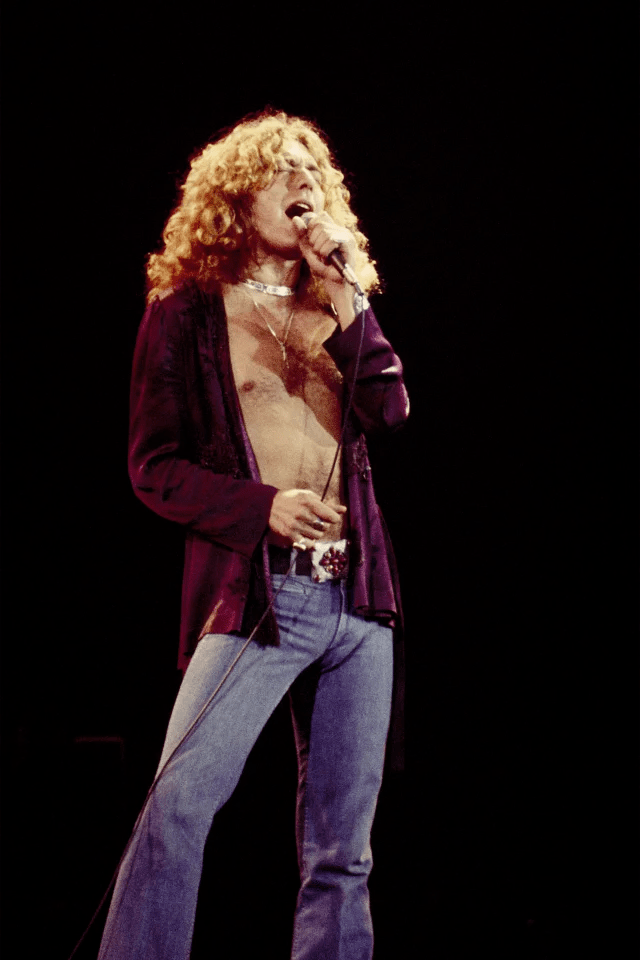
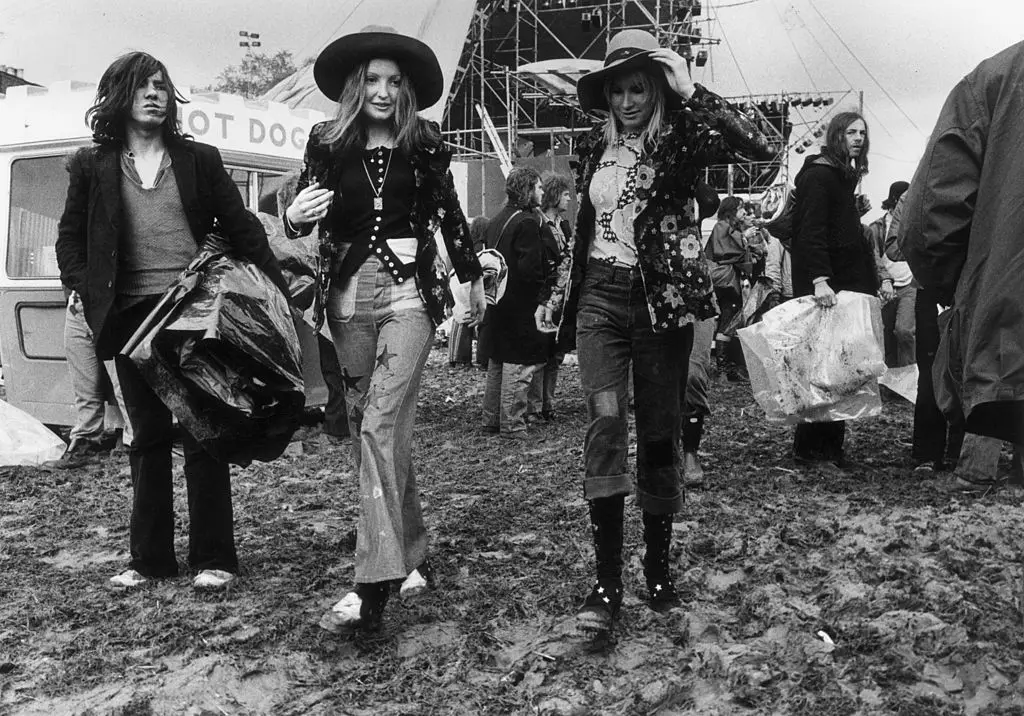
- 1980-е: Дизайнерские джинсы стали символом статуса, а такие бренды, как Calvin Klein и Jordache, превратили деним в массовую моду и даже в повседневную офисную обстановку.

(Показ Calvin Klein в 1976 году)

(Синди Кроуфорд)
Современная джинсовая культура
Сегодня синие джинсы — неотъемлемая часть мировой моды, известная своей универсальностью и индивидуальностью. От классического синего до потертых моделей с разрывами, потертостями и вышивкой — каждая пара рассказывает свою уникальную историю. Синие джинсы остаются фаворитами благодаря своей прочности, комфорту и культурной значимости, что делает их незаменимой вещью в гардеробе по всему миру.
Услуги по настройке от LYDENIM
🎨 Хочу джинсовые ткани на заказ или уникальный индивидуальная джинсовая одежда? Компания LYDENIM специализируется на индивидуальных решениях, отвечающих вашим потребностям в проектировании и производстве.
🛍️ Исследуйте и вдохновляйтесь: Просмотрите наш выбор тканей и найдите идеи дизайна LYDenim.
🌐 Эластичная одежда: Ознакомьтесь с нашими предложениями на МойAlibaba. 📩 Связаться с нами: Обратитесь по адресу malone@lydenim.com.
Создайте свой шедевр из денима с LYDENIM — вашим надежным партнером эластичная ткань и индивидуальные решения для джинсовой ткани.
Почему синие джинсы долговечны
Неизменная привлекательность синих джинсов заключается в их способности адаптироваться к меняющимся временам, сохраняя при этом свои основные качества: долговечность, стиль и культурную значимость. Независимо от того, носили ли их шахтёры в XIX веке или современные модники, синие джинсы продолжают определять американский стиль благодаря демократичному подходу к моде.
